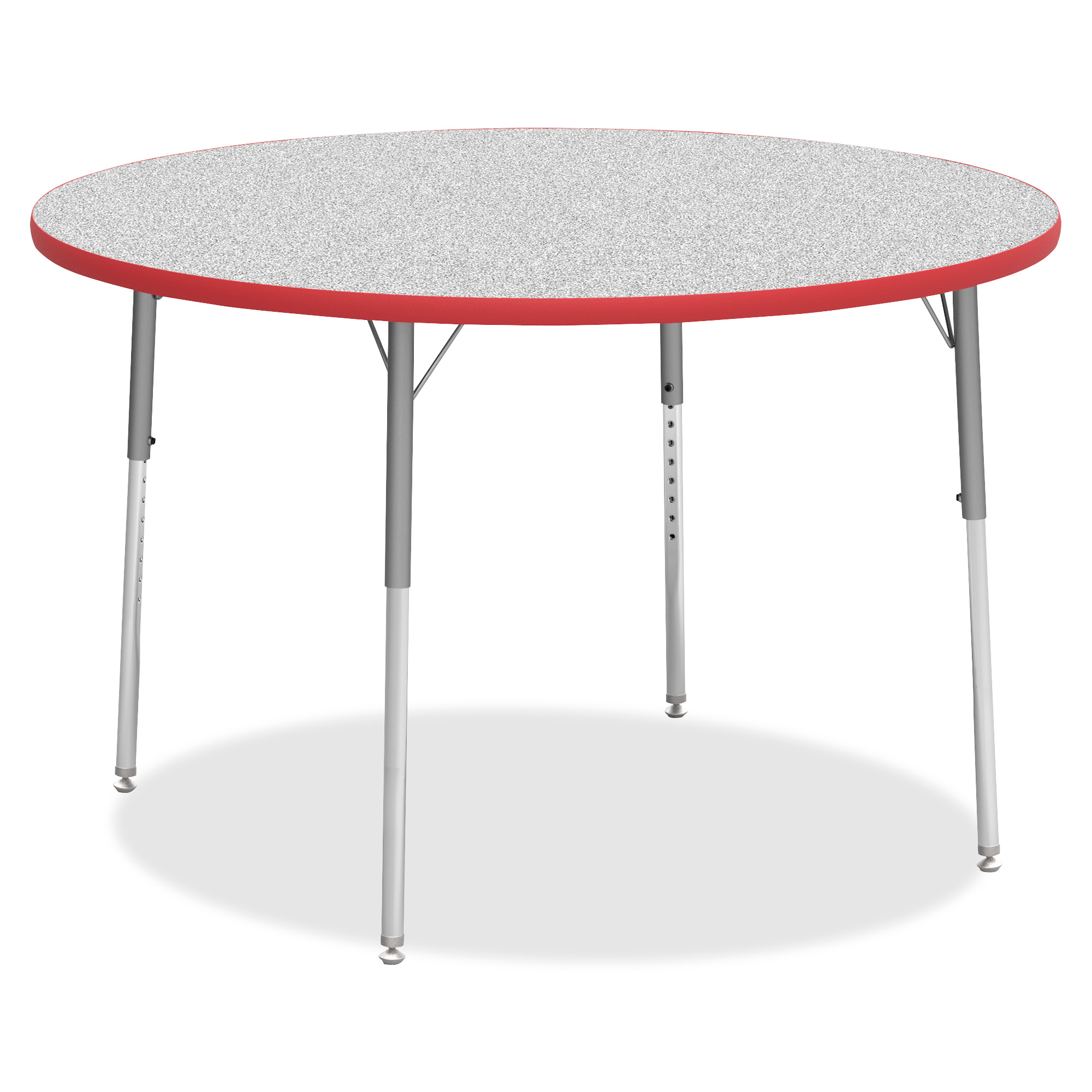
Putting her desks in rows would have made it easier for Ms. We both knew there wasn’t much collaboration happening in her room. It helps the students with collaboration.” What if we try putting the desks in rows?” But if the students won’t participate, you’ll need to establish some rules and structure. “We’ve done what we could to make the learning engaging. When Desks Belong in RowsĪfter the lesson, I suggested we take a step back. As we handed out the materials, the students grabbed them from each other and began throwing them around the room. As she tried to explain the activity, her students went right on with their conversations. Ramirez couldn’t even get through the directions. They would explain their reasoning on graphic organizers, and share with the class at the end of the lesson.īut Ms. Students would work in teams to decide what type of environment was ideal for each animal. We made cards describing different animals. We planned a three-part workshop lesson on ecosystems. More engaging lessons would certainly help her with classroom management. I decided that we should work on student-centered practices.

She rarely asked her students questions or had them discuss what they were learning. But I also noticed that she spent most of her time at the front of the room, reading PowerPoint slides. Ramirez’s second year in the classroom, and I could see that some of her students could be very challenging. She taught middle school science in the South Bronx, and struggled with classroom management. On my very first day as an instructional coach, I was assigned to help Ms. “In this room,” I tell myself, “children engage in student-centered, progressive, and collaborative learning.” A Collaborative Setback I’ve also found myself in classrooms with bean bags, round tables, and sofas, daydreaming about how great it must be to learn in such a classroom. And I have to admit, I often assume the school is strict, old-fashioned, and teacher-centered.

I’ve walked through schools with desks in rows and teachers lecturing from the front. But we often make assumptions about the quality of instruction, just by looking at seating arrangements. These days, students can be found sitting in pods, at rounds tables, and in even more flexible arrangements.īut does moving furniture cause better learning? It’s almost a silly question. In today’s schools, it’s getting harder and harder to find classrooms with desks in rows. But does this arrangement create the best learning environments? When you went to school, you probably spent most of your day sitting in rows.


 0 kommentar(er)
0 kommentar(er)
